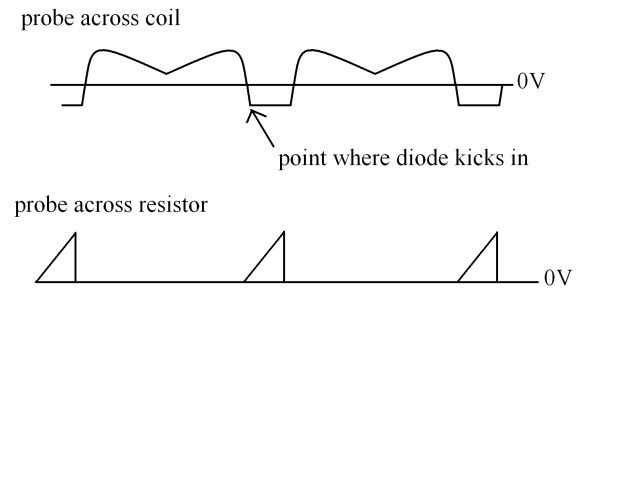Originally posted by frenky
View Post
It would be interesting to know what that is, and if there are changes,
to get those changes to happen at that frequency.


 I understand that in the meantime you have changed the magnet setup, so maybe later this could be done again.
I understand that in the meantime you have changed the magnet setup, so maybe later this could be done again. Perhaps other people may also be able to test this. The shape and the thickness of the coil can be of interest in the result too.
Perhaps other people may also be able to test this. The shape and the thickness of the coil can be of interest in the result too.




 ... If you look at the cove of my box you will see dents in it from the magnets. Wasted 3 of them in that 10 second test since they shatter and break apart when they stick together.
... If you look at the cove of my box you will see dents in it from the magnets. Wasted 3 of them in that 10 second test since they shatter and break apart when they stick together.
Comment